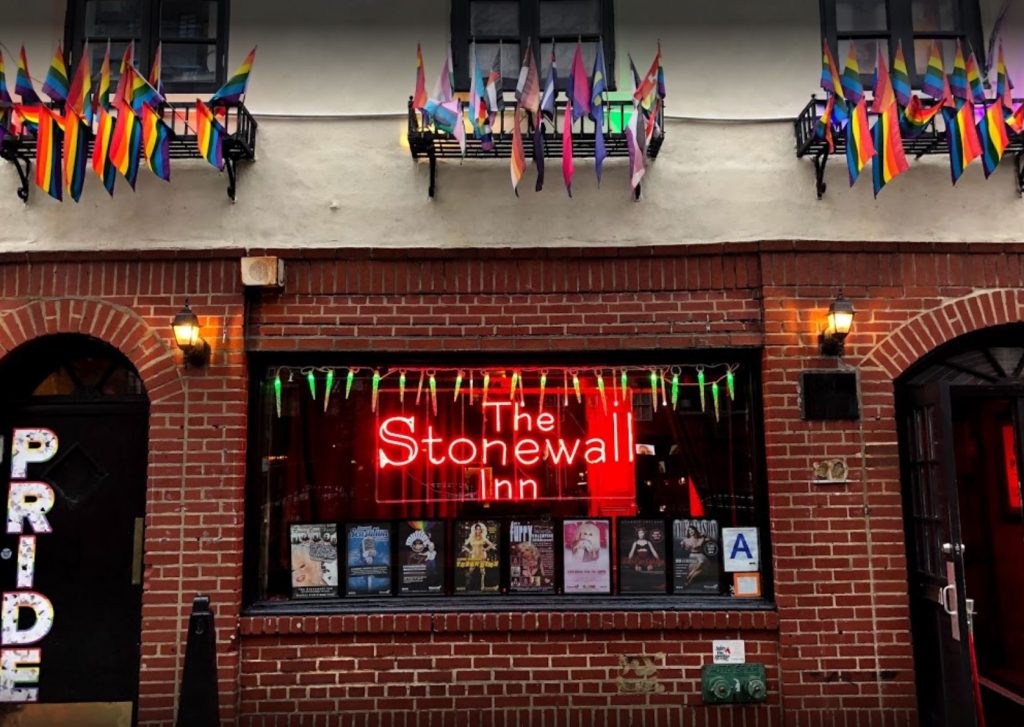History of Pride Parades

Gay people and the entire LGBT community have struggled throughout history, and both around the world and in the US. There have always been secret places where LGBT people can create communities and meet in secret, but the police would harass and arrest them if they were ever found. The 1960s had all activism for female empowerment and minority rights, and there was some activism for the LGBTQ community. But their struggles took longer for society to recognize. Luckily, many countries are now changing, and the US is not one of them. But it was not always easy, and gay people had to fight for their rights to simply existing in public. One of the ways they fought for society's acceptance of their existence was through Pride Parades.
How the First Pride Parade was organized
The very first pride parade in the United States was not a spontaneous or unorganized event. Instead, it was a coordinated effort by several gay rights activist groups and their allies. These people were determined to have the first gay pride parade to show the world that they've existed if they were not evil or harmful to society. Perhaps the most important event that contributed to creating the Pride parade was the Stonewall riots in 1969. Even though there have been many gay rights marches and events during most of the 1960s, the gay community and gay people across the United States had not achieved the same civil rights successes as minority groups had.
In 1969, for months on end, the police had been harassing and targeting members of the gay community. One day, they finally increase the level of harassment with a full-on raid. On June 28th, 1969, the police invaded a place called the Stonewall Inn, which is located in Greenwich Village in New York City. The LGBTQ people that were gathered at the Inn were tired of the constant harassment from the police, but they complied with their orders. The situation then escalated during the arrest of a woman. The officer hit her on the back of the head, and then the police began to shove and grab others. The Stonewall riots lasted for a few days, and fires and fights broke out. The event will forever go down in LGBTQ history as a major turning point when the gay community decided that the police had gone too far and resisted the discrimination they had become used to.

Since the Stonewall riots were very important to the gay rights community and activists, it was decided that the first Pride Parade would take place on its first anniversary. The parades were scheduled to happen in four major cities in the US; New York City, Chicago, San Francisco, and Los Angeles. Although all of the activists organizing the pride parade faced more harassment than they ever had before, they continue to gather together and organize the event. On June 27th, one day before the big day, San Francisco held a smaller Pride Parade. Thirty men and women walked down Polk Street as they represented their community. It had a very small turnout, but there was no police violence or angry bigots.
The First Pride Parade in the US
On the morning of June 28th, 1970, The first four Pride parades were held in Chicago, Los Angeles, New York City, San Francisco. San Francisco also held a gay-in on the same day. All three parades had massive turnouts. The activists in Chicago organized a week-long celebration that began on June 27th. The march in New York City was 51 blocks long, and it began at Waverly Place and ended at Central Park. At the end of the parade, activists and marchers organized a gay-in as well. The first Pride Parade did not have banners, flags, streamers, floats, or other types of apps. It looked more like a march, and the main focus of the pride parade was to raise social awareness of the issues and allow for LGBTQ people and their many allies to gather together openly among the public. It was at this parade that the word pride was first used as a slogan for gay rights.
We have also great article about gay people in Poland. Why in Poland? Read and find out.
Reaction
As you can imagine, all of the parades held on June 28th had protesters and police at the events. The LAPD condemned the pride parade in Los Angeles, and the police commission tried to put stipulations on the event in an effort to prevent it from happening. However, the ACLU fought against the police's efforts, and the parade was able to happen.
Pride Parades in USA Now
From the 1990s up to now in 2020, there have been more and more Pride parades across the United States. These now occurred in major and small cities alike. There are even many cities in Texas, Georgia, Louisiana, Oklahoma, in Florida that hold Pride Parade. Gay people and the entire LGBT community are much more accepted than they were 50 years ago. Also, because gay people have found their acceptance by society, more people of different genders and sexualities are now coming forth. Even the great Elton John supports LGBT by his "Love Letter to the LGBTQ Community". There are now asexual people, pansexual people, agender people, non-gender people, and everything in between. Pride parades now have many different types of people that are not traditionally part of the straight, cisgender world. In 2019, on the 50th anniversary of the Stonewall riots, the entire world witnessed the Largest International Pride celebration. If the pandemic had not occurred in 2020, there probably would have been even more people.
Conclusion
The success of the first Pride Parade was a monumental event for the LGBT community. The people who organized the event showed the country they had allies in society, even if many people were screaming for them to leave. It also showed the many closeted people around NYC that there was a community for them that accept them as they are. The success of the first pride parade in New York City would later lay the foundation for all other pride parades in the United States. There are now pride parades in major and minor cities across the US. It just goes to show that one successful event organized for marginalized people in the name of justice and equality can have profound effects on the decades to come.























